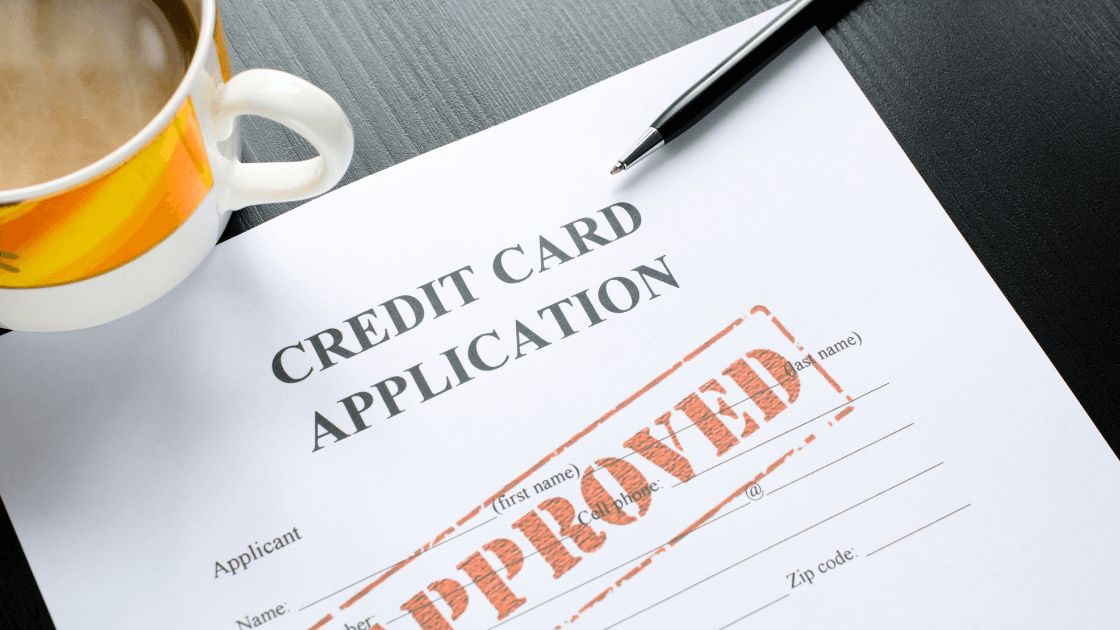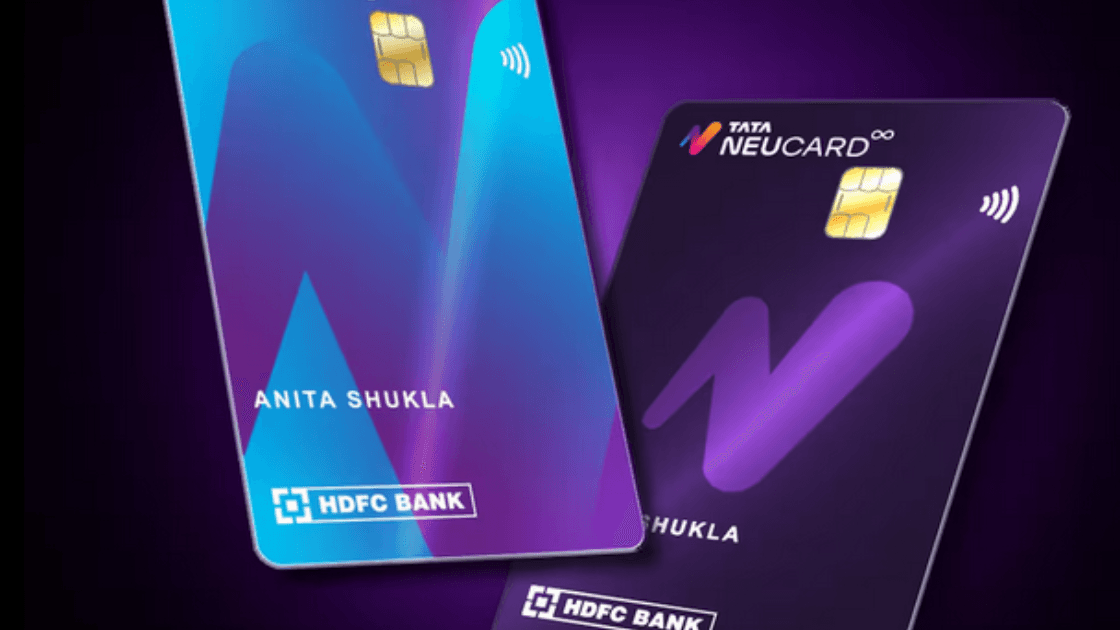
Cards
•04 min read

Ever wondered how each digit on your credit card plays a role in safeguarding your money? These numbers aren’t random—they are part of a well-organized system designed to identify your card, ensure secure transactions, and protect you from fraud. For example, the Tata Neu HDFC Bank Credit Card incorporates advanced security features to ensure safe and seamless transactions.
Generally, credit card number is a unique sequence of digits assigned to every card. This number acts as your card's identifier during transactions. It helps in pinpointing the cardholder, the issuing organization, and the payment network involved. In simple terms, it ensures that payments you make are processed accurately and securely.
Credit card numbers follow international standards such as ISO/IEC 7812. This standardization is crucial as it minimizes confusion and enhances security. Whether you are paying online or in a store, this universal format ensures that all transactions are handled uniformly, reducing the potential for errors and fraud.
Consider an example of a major international network card where the number might look like 4111 1111 1111 1111. In this format, each segment of the number has a specific function, allowing systems to quickly verify and process transactions. Learning to recognize these components can help you understand how your card works and how it stays secure.
The first digit of your credit card number is known as the Major Industry Identifier (MII). This digit reveals the industry of the card issuer. For example, cards issued by financial institutions usually start with specific digits that help in immediately identifying the category of the financial product.
Following the MII are the next five digits that together with the first digit form the Issuer Identification Number, often referred to as the IIN or BIN. This sequence specifically identifies the organization or financial institution that issued the card. It’s like a mini address that tells the payment network where the card originated. Notably, this part of the number is essential for routing the transaction correctly.
The subsequent series of digits represents the individual account number of the cardholder. This numeric code is unique to your account and is fundamental in ensuring that your transactions are attributed correctly. It distinguishes your account from other accounts with similar issuing information.

The final digit of the credit card number is the check digit. This digit plays a pivotal role in validating the entire number using the Luhn algorithm. The algorithm adds an extra layer of security by ensuring that the number is correctly composed. In simple terms, if you accidentally mistype one digit, the system can detect the error before processing the transaction, thus preventing potential fraud or mistakes.
Alongside the card number, the CVV (Card Verification Value) is another important element. This is a 3- or 4-digit code printed on your card that is used to secure online and phone transactions. Additionally, the expiration date indicates the validity period of the card. Together, these features help verify that the person making a purchase is in possession of the physical card and that the card is currently active.
When you use your card for a transaction, your credit card number is encrypted. This means it is converted into a secure code during transmission, protecting it from unauthorized access. Tokenization further enhances this security by replacing the actual card number with a unique token during transactions. This ensures that even if someone intercepts the transaction information, they cannot misuse your actual card details.
The detailed structure of your credit card number assists in fraud detection. Sophisticated systems analyze transactions in real time to identify any irregularities. Additional layers of security, such as 3D Secure and biometric authentication, provide further safeguards to protect your financial transactions from fraudsters.
Each major network has a distinct starting number for its cards. For instance, cards issued by major international networks typically follow specific formats that help quickly identify the network involved. Such uniformity in format reinforces the security and reliability of the payment systems.
In India, credit card numbers adhere to the same global standards while also addressing local needs. Indian issuers ensure that the format is consistent with international norms to maintain secure and seamless transactions both locally and internationally. This compliance aids in fraud prevention and assures users that their transactions are safe.
-ed507771-df04-4fb3-9af5-bae11cb611a6.png&w=3840&q=75)
Understanding the components of your credit card number is easier than it seems. Start by identifying the Major Industry Identifier—the first digit, then review the next five digits for the Issuer Identification Number, followed by your unique account number, and finally, the check digit. Knowing what each part represents can help you spot any irregularities or potential issues early on.
For your safety, never share your full credit card number over unsecured channels. Consider using virtual card numbers for online transactions where available. Regularly monitor your bank statements and transaction alerts, as early detection of discrepancies can help prevent fraud. Remember, the strength of your card's security lies not just in its design, but also in how carefully you manage and safeguard your personal information.
A credit card number is a unique set of digits that identifies the cardholder, the issuing organization, and the payment network, ensuring secure processing of transactions.
The card number on a major international network card generally follows an internationally recognized format.
The CVV is a 3- or 4-digit code that provides an extra layer of security for online and phone transactions.
The Luhn algorithm performs a mathematical check on the digits of the credit card number to ensure its validity and spot any errors early on.
The expiration date indicates the period during which the card is valid, helping to prevent the use of expired cards in unauthorized transactions.
Credit card numbers are much more than a random sequence of digits. Each segment, from the Major Industry Identifier to the check digit, plays a vital role in ensuring secure transactions and protecting you from fraud. By understanding the structure and security measures embedded in your credit card number, you can better manage your finances and safeguard your personal information. Staying informed about how these numbers work helps you use your card wisely and spot potential irregularities. Ultimately, knowledge is power when it comes to financial security.